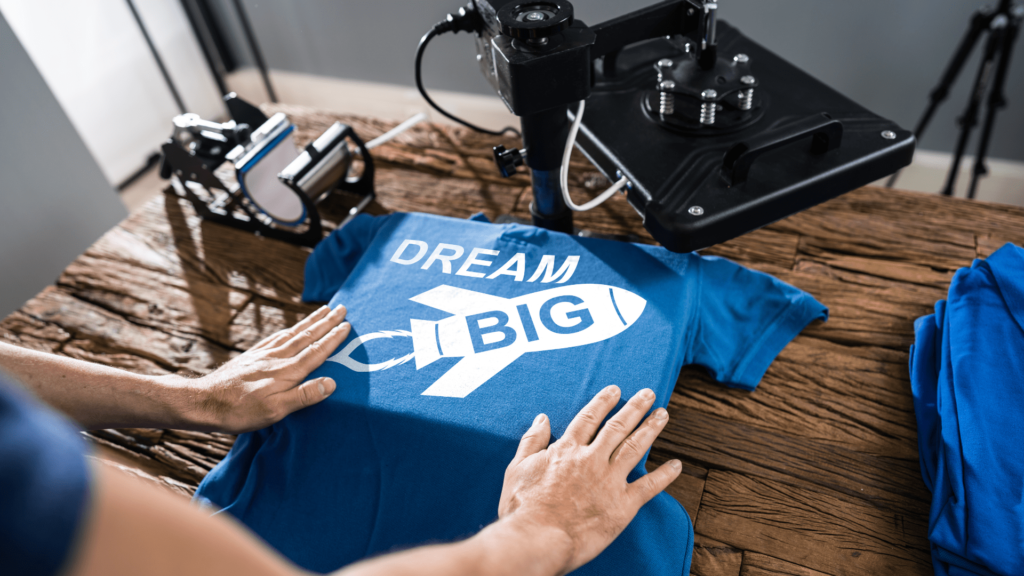
The custom t-shirt printing industry is projected to witness an annual growth of 11% until 2030. With the availability of online tools facilitating the printing and sale of tee designs, launching a t-shirt business has become more accessible than ever before.
By identifying a target audience and crafting t-shirt designs that resonate with customers, you can create sought-after apparel at a minimal cost.
Start Selling Online with TrayinStore
This guide offers insights into initiating an online t-shirt venture, providing an additional stream of monthly income.
How to Launch a T-Shirt Business
Choose a Niche:
Successful online t-shirt enterprises distinguish themselves by catering to specific audience segments or interest groups. Opting for a niche enables your business to attract motivated customers who resonate with your offerings.
General t-shirt themes like “funny slogans” are often too broad for new ventures to compete effectively. Instead, delve into sub-niches and utilize keyword research tools to identify phrases relevant to your target audience. For instance, within the funny t-shirts category, sub-niches such as “t-shirts with slogans about doctors” or “funny t-shirts for dog owners” offer more focused opportunities.
Source Quality Materials and Printing Options:
Partnering with a wholesale clothing supplier or custom tee manufacturer is crucial for procuring high-quality materials. Not all t-shirts are created equal, and various printing methods yield different outcomes. Prioritize shirt quality to safeguard your brand’s reputation and consider factors like fit, material, softness, and weight when selecting suppliers.
Create T-Shirt Designs:
After securing a shirt supplier, you can either develop original graphic tees or explore existing bestsellers and niches for inspiration. Platforms like Zazzle, Redbubble, and SnorgTees provide valuable insights into trending designs, while tools like Google Trends offer visibility into current topics of interest. You may also opt to hire a graphic designer through platforms like Dribbble, Behance, or freelance networks to bring your concepts to life.
Mock-Up Your T-Shirts:
Producing mockup images allows you and your customers to visualize the final design on a shirt. Utilize web software or image editors like Adobe Photoshop to create mockups, adjusting factors like shirt color and design placement. Alternatively, order samples of your shirts for product photography.
Validate Your T-Shirt Designs:
Before fully committing to your designs, it’s prudent to gauge their popularity. Engage with personal social networks, seek feedback on platforms like Reddit, or consider crowdfunding campaigns to test the market demand for your products.
Considerations for Starting a T-Shirt Business:
- T-Shirt Printing Techniques:
Understand the various printing methods—screen printing, heat transfer, and direct-to-garment (DTG)—and their respective pros and cons to determine the most suitable approach for your business. - Design:
Ensure your designs are original, high-resolution, and tailored to your target audience’s preferences. Leverage design communities, freelance networks, or t-shirt design marketplaces to access quality designs or collaborate with talented designers. - Quality:
Prioritize product quality to foster customer satisfaction and loyalty. Invest in superior materials and printing techniques, even if it entails higher production costs. - Brand:
Develop a distinct brand identity that resonates with your target demographic. From your business name to your logo and marketing strategies, strive to create a memorable brand presence in a competitive market. - Inventory:
Consider your inventory management strategy—whether to hold inventory or opt for print-on-demand services—based on your business scale and risk tolerance.
